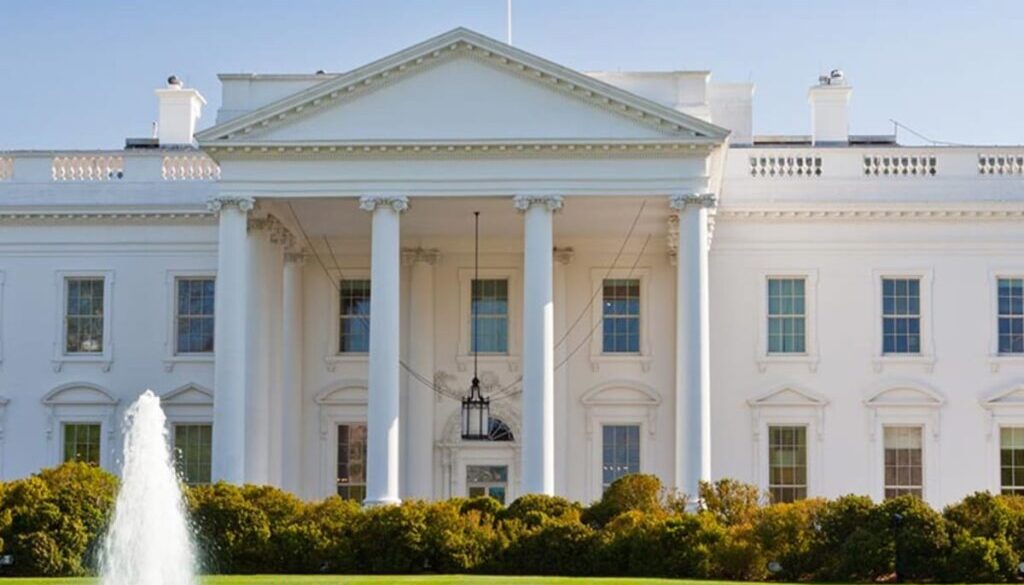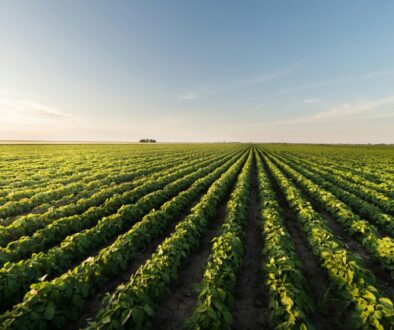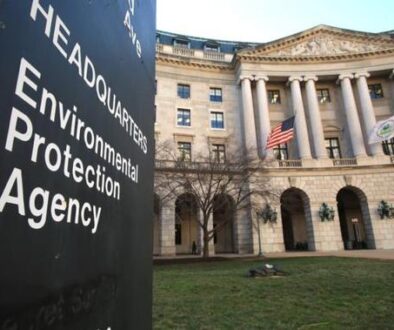Biden’s Justice40 initiative picking up speed after slow start
By Randy Showstack
More than a year and a half after the Biden administration unveiled a sweeping commitment to bring opportunities and aid to disadvantaged communities, environmental justice advocates are calling on the White House to move faster with its implementation of its Justice40 Initiative.
Advocates fear some programs targeted in the initiative could be jeopardized if Democrats lose the White House in the 2024 presidential elections; and that some programs could be impacted even sooner if mid-term elections this November hand control of the House of Representatives to Republicans.
“My big hope is that the administration prioritizes and senses the urgency that we have to capture this opportunity to redirect investments,” said Ana Baptista, associate director of the Tishman Environment and Design Center at The New School in New York. Her research focuses on climate and environmental justice issues.
The Justice40 initiative, which President Joe Biden initiated through a January 2021 executive order, calls for delivering 40 percent of overall benefits of certain types of federal investments to disadvantaged communities around the country. The relevant investment areas include projects focused on mitigating climate change, expanding access to affordable housing, workforce development, clean energy and clean transit, and development of clean water and wastewater infrastructure.
“Clear-eyed”
Addressing environmental justice is “a top priority for President Biden,” Brenda Mallory, chair of the White House Council on Environmental Quality (CEQ), told The New Lede in a statement. She said she is encouraged by the progress made over the last year. Biden created Justice40 to “deliver long overdue investments to disadvantaged communities,” she said.
The initiative has started to show progress, although one key element has already fallen short. A February 2022 deadline set for publishing an environmental justice scorecard measuring the performance of federal agencies was missed. The CEQ said it aims to provide a substantive and detailed progress update on the scorecard late this summer.
“We have been tasked with fundamentally changing the way the federal government operates—that is no small task,” Mallory said. “I am clear-eyed about the scale of the work ahead of us. We will not relent in our fight to confront environmental injustice and secure relief for the communities that have been marginalized, underserved, and overburdened by pollution.”
CEQ pointed to some specific progress with Justice40, including the announcement of three lists of covered programs that fall within the scope of the initiative and a report CEQ submitted to Congress in May that outlines steps to implement recommendations from the White House Environmental Justice Interagency Council WHEJAC.
Another effort is the development of a climate and environmental justice screening tool, currently available in beta version, that will help federal agencies identify and focus on specific disadvantaged communities.
And in July, CEQ said it was seeking nominations for two new task forces to help inform the development of carbon capture, use and sequestration projects to make sure they deliver benefits, “rather than harms” to local communities.
To help frontline communities tap into Justice40 funds, last year, 52 community climate justice groups formed a Justice40 Accelerator that provides seed funding, technical assistance, and training. Already, the accelerator has helped about 100 groups apply for millions of dollars in federal money flowing from Justice40, according to Anne Evens, CEO of the Chicago-based nonprofit Elevate, which was among the co-founders of the accelerator.
So far, 14 organizations working through the accelerator have obtained roughly $3 million in federal Justice40 initiative funding and in-kind assistance. Among the recipients: A group in Alabama won a National Academies of Sciences, Engineering and Medicine award of $300,000 to engage communities about the impacts of climate change on human health. A Kansas group won $200,000 from a USDA Healthy Food Financing Initiative Grant to improve access to healthy foods in underserved areas and revitalize low-income communities.
Earlier this month, the Equitable and Just National Climate Platform, a coalition of environmental justice and national environmental groups, launched a Justice40 Resource Guide and Funding Finder, which are other tools to help disadvantaged communities tap into federal Justice 40 funds.
Raised expectations
Environmental justice advocates said despite the early work, they need to see more, and soon.
Peggy Shepard, vice-chair of WHEJAC and co-founder and executive director of WE ACT for Environmental Justice said the “extremely ambitious” program goals would take longer to achieve than anticipated.
“I think [the administration] probably raised expectations that cannot be fulfilled within a timely period of time. We need Justice40 to begin to invest in the communities that are already environmentally degraded,” she said “We need investment to redress the legacy of pollution. We need investment to ensure that all of our communities can have a just transition to a fossil-free economy.”
A WHEJAC report cites lead water pipe replacement efforts, public transportation improvements, and community climate resilience plans as key examples of needed work.
Susana Almanza, director of People Organized in Defense of Earth and Her Resources, a grassroots social justice organization in Austin, Texas, said she is worried that momentum for the program could ebb after the next presidential election.
“We recognize it is very important that when the window is open, we need to get in and try to make as many changes as possible for the benefit of low income communities of color,” said Almanza, who also serves on WHEJAC.
A key need is alignment and coordination among dozens of federal agencies on the principles and implementation of the initiative, said WHEJAC member Miya Yoshitani, senior strategist and former executive director of the Asian Pacific Environmental Network.
“There is a huge opportunity to center environmental justice and equity in our approach to solving the climate crisis,” Yoshitani said.
 EWG
EWG


